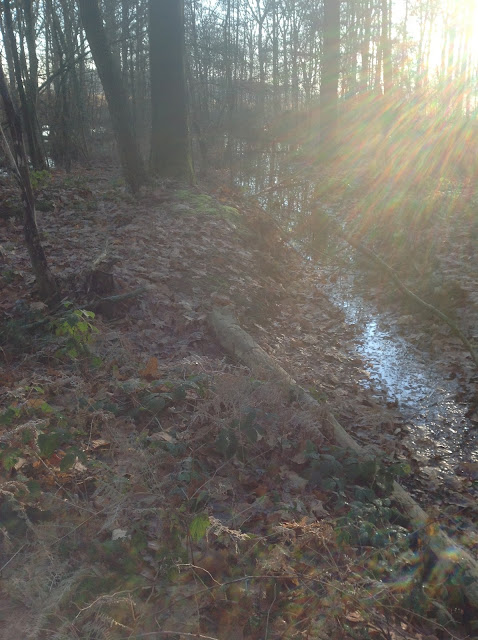The capture of this wood by the Australians and the neaby by town of Zonnebeke by the 4th Australian Division enabled British and Canadian troops to then advance on Passchendaele. The battle of Polygon Wood was the I ANZAC component of a larger British and dominion operation staged as part of the third battle of Ypres. This operation was the second of the "Plumer battles", a serious of well-planned, limited advances supported by large volumes of artillery, masterminded by the British general Herbert Plumer. The name "Polygon Wood" derived from a young plantation forest that lay along I ANZAC's axis of advance.
 |
| The Forest Today......there was no undergrowth in 1917 and just a few shattered tree stumps. |
Scheduled to begin on 26 September 1917, the attack was almost derailed by a German attack on the British X Corps to the south of I ANZAC. A day earlier, Australian troops of the 15th Brigade, preparing for their attack, took part in fending off the Germans; however, their advance the next day began with continuing uncertainty as to the security of their flank.
The British and Dominion advance began on schedule at 5.50 am on the 26th, with the 4th and 5th Divisions, on the left and right respectively, taking the lead in the I ANZAC sector. The infantry advanced behind a heavy artillery barrage - the noise of this was compared to a roaring bushfire. The Germans launched several counter-attacks but these were thwarted by the heavy defensive artillery barrages used to protect the infantry consolidating on their objectives; this was a feature of the Plumer battles. The battle cost 5,770 Australian casualties.











Nice post and pictures...
ReplyDeletePhil.
Thanks for looking in Phil!
Delete